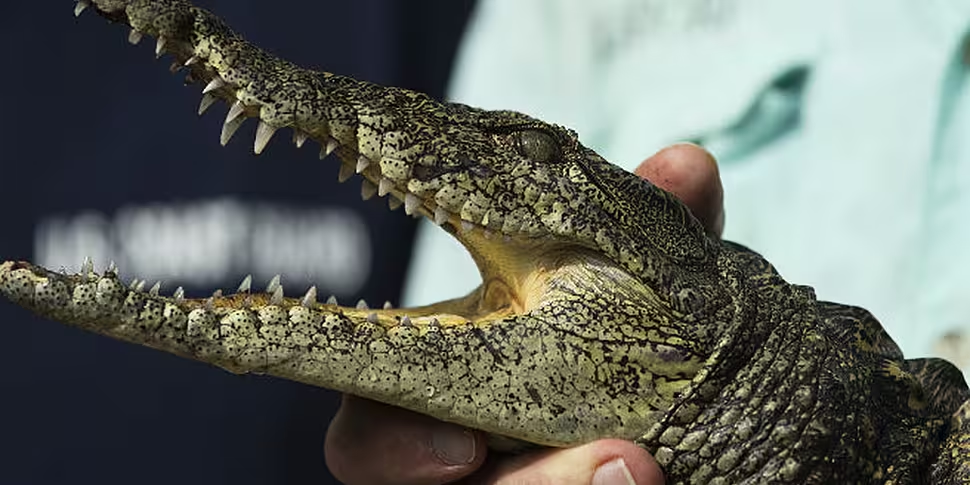Scientists have confirmed that a number of crocodiles discovered in Florida are of the man-eating Nile crocodile species - but it has not been established how exactly they entered the wild in the US state.
Between 2000 and 2014, three juvenile crocodiles were caught in South Florida - including one said to have been resting on a house porch in Miami.
DNA analysis has now confirmed that they were Nile crocodiles, suggesting that the species can not only survive in Florida but 'potentially thrive'.
Nile crocodiles, usually found in sub-Saharan Africa, are able to grow up to 18 feet long. They are reported to have been responsible for 123 fatalities in Africa between 2010 and 2014.
The findings of the DNA analysis of the Florida crocodiles were published in the Journal of Herpetological Conservation and Biology.
It is unclear how exactly the young crocodiles ended up in the wild. The authors say extensive testing has revealed that the DNA of the three reptiles matched - but no match was discovered with any Nile crocodiles held in US zoos.
The researchers say the DNA suggests the crocodiles "were either acquired by a permitted source later, or introduced by someone without a permit" - perhaps to supply Florida’s 'flourishing' pet trade.
Kenneth Krysko, herpetology collections manager at the Florida Museum of Natural History and co-author of the study, said: “The odds that the few of us who study Florida reptiles have found all of the Nile crocs out there is probably unlikely. We know that they can survive in the Florida wilderness for numerous years, we know that they grow quickly here and we know their behavior in their native range, and there is no reason to suggest that would change here in Florida".
He highlighted that a number of other invasive species have been discovered in Florida, such as the Burmese python.
“My hope as a biologist is that the introduction of Nile crocodiles in Florida opens everyone’s eyes to the problem of invasive species that we have here in our state,” he added.









